
By Alejandra Ortiz
Like many developed nations of the world, Mexico is beginning to experience a shortage of talent that runs from highly qualified and experienced professionals to specialists and technicians. According to the Talent Shortage Survey conducted in 35 countries by Manpower Inc., Mexico ranks among the nations most at risk of not being able to find the right people for available positions. This is not merely an alarmist scenario: studies about what today’s professionals want indicate that there is an area of opportunity in defying these trends by finding a harmonious balance between the life and the career of high potential professionals.
Historically, the debate over life and career in the business world was viewed exclusively as a woman’s problem. It was women that, in the 1960s, began joining the workforce in such significant numbers that the conflict between the demands of their jobs and their personal duties and aspirations reached critical proportions. At the heart of it was a battle between jobs and childrearing, which took on such importance that a number of companies began to adopt practices to make the workplace more flexible (for example, reduced hours, work from home or job-sharing).
Since the 1990s, however, we are seeing that demand for flexible work schemes is no longer limited to women. The men of generations X and Y are increasingly involved in family activities, cultural, social or recreational activities outside of their jobs, and a new type of male employee is taking shape. One that may be married to a woman who also works, and who wants to be more involved in his family without losing the prestige, support and compensation of his organization.
In other words, today both men and women want as much flexibility as possible to raise their families and carry out personal activities that they consider to be an essential part of their life’s goals. This generation of talent is increasingly less willing to sacrifice the quality of personal life for a prestigious spot in their organization. Therefore, taking the lead in understanding the new generations of talent means recognizing that for most people, work is not everything in life, as it may have been for the baby boomers in their time. Work may be viewed only as a means of attaining of the dreams, like running an Ironman or traveling around the world, building a family or writing a novel.
For some decades now, organizations have faced the challenge of offering a balance between life and career supported by the latest technological advances, allowing them to be more flexible in terms of time (reduced hours, scaled or compressed schedules), workplace (remote or from home), design (job sharing, reduced workload) and the not necessarily economic benefits (sabbatical months/years). Some organizations have achieved greater retention, productivity, organizational commitment, creativity levels, and work processes, as well as effective teamwork, thanks to more flexible work schemes.
In some cases, however, the benefits do not last over the long term, and in some extreme cases, never materialize at all. Recent results into this field have shown us that poor outcomes are the result of the way in which schemes were structured to favor the life/career balance. Two basic counterproductive approaches can be identified:
First Mistake: The One-Size-Fits-All Model
Not all employees or businesses are the same. A great number of organizations have attractive policies for balancing life and career that are a good hook for bringing in and retaining employees. These policies have been standardized across the organization regardless of the business unit, position or nature of the job. Research shows that a large number of variables-work experience, personality, nationality, biological age and stage of life-influence the perception that employees have of the importance of or willingness to work in flexible work arrangements. that is, the same policies do not “fit” everyone. It is important to understand employees’ interests and perceptions to ensure that what we offer them will truly be attractive and useful for attaining their goals.
It is more difficult to introduce flexible work schemes in organizations with more industrial operations that depend largely on face-to-face interchange in the workplace itself (for example consumer products, manufacturing, etc.) than in knowledge-based organizations (for example personal services, sales, universities, etc.). In organizations that administer knowledge, the value chain depends on the interchange of voice and data communications. Therefore, flex time is more feasible, particularly with the support of technology. Aside from the type of industry, there are different types of jobs, and not all positions can be adapted to flexible work arrangements without previous re-design. Many workplace practices are residual from traditional work schemes that depended on the physical presence of the employees during “normal” working hours.
Second Mistake: Ambiguity and Distrust
Another factor that influences the success of a life-career balancing policy is the cultural environment. Commonly, these policies are introduced as exceptions or “under the table.” They may be published in the catalog of an organization’s talent management policies and analyzed, authorized and applied on a case-by-case basis. This creates a climate of secrecy in which, rather than a policy available to everyone, it becomes a measure of deference to an employee who requested it. For instance, a professional who is granted reduced work hours when she becomes a mother, negotiates directly with her boss on the introduction of a maternity policy and a new way of working. Immediately after the agreement, the boss is left with the feeling that the agreement could “upset the apple cart” and everyone on the team will want to do the same. The boss may ask herself, “what will I do to keep productivity up?” The professional, meanwhile, feels that her career has deteriorated and it would be difficult, if not impossible, for her to return to the fast track.
The figures are unmistakable. A study by Catalyst Inc. shows evidence that although both men and women in upper-level executive positions believe workplace flexibility is desirable, few of them take advantage of these policies, because they are convinced that if they do, they will jeopardize their career path.
This is what happens when job flexibility policies are applied with no regard for the integral process of performance management and professional development. They are policies that look good and sell well, but they are not properly applied. First, because they are not connected to the career path that the professional wants to follow- Second, the leaders that introduce them are not convinced or informed about the expected benefits, the impact on productivity and the makeup of their workforce.
So What’s the Answer? Toward A Comprehensive Life-Career Balance, beyond Flex Time Agreements
The solution can be found in three areas of opportunity for creating holistic systems for balancing life and career that overcome past limitations.
In the first place, institutional systems should be created to discuss different professional career paths. People’s need for a balance between life and career change over the course of their lives. According to Cathy Benko, in her book Mass Career Customization, it is well known that there are stages of life for any employee in which family life can become more important, and others in which this importance diminish. It is common for people to want to spend more time with their family in the early years of child raising, and in those years they will want to slow down their pace of work. But something that former systems have not taken into account is that in other phases of their lives, the priority will undoubtedly return to work. Therefore, if you give them a chance, employees will want to pick up the pace again and accelerate their career.
Based on this premise, we can conclude that a highly inclusive workplace should promote a wide range of forms of work, career options and flexibility agreements that can be adjusted to the different life stages of the employees. If people are given a chance to adapt the range of possibilities to their reality, while delivering value to the business, organizations can hold onto the best talent for a longer period of time. The idea is to do away with the rigid and standardize labor policy model, replacing it with a system that takes into account various job factors, like workload and workplace, the type of role, work processes and level of leadership. Doing this will allow employees to integrate their personal and professional lives without losing sight of their career goals. For example, a mother with a very young child decides to work less hours, work two days from home and ease back on her leadership role. She knows that her career will progress more slowly for some years, but she will continue contributing value to the company where she works.
A second element in success is the way this model is applied. Professionals should be encouraged to adjust their life-career balance scheme through ongoing conversations with their superiors. They should reach an agreement through open and transparent dialogue regarding the status of their career, their performance and expected results, and their impact on the business. These conversations may take place at the individual or group level. It is very important to involve the work team or unit by informing them about the work schemes of each of its members. Companies should consider new ways of getting the job done and sharing responsibility to avoid allowing productivity to sag. Leaders and managers are increasingly involved on an active basis in the development of their professionals. Defining a career plan in harmony with their personal lives should be the subject of frequent discussion.
Finally, we need to create a culture in which “results matter more than processes.” For this to happen, leaders must have the capacity to see professionals as whole people, with professional and family lives, as well as interests that go beyond the workplace. They must be convinced that productivity is a result of the energy, creativity and focus that employees bring to the job, and not the number of hours they invest in it. In a results-oriented culture, aligned with a flexible work scheme, such as the one outlined here, longer workdays should be seen as a lack of planning rather than a high level of commitment.
We are facing an imminent shortage of talent. Mexican organizations must prepare proactively to effectively face the need to retain their most talented people. Today’s professional value opportunities for professional development as much as they do their personal interests. The intervention proposed in this paper includes both, and seeks to create a harmonious balance between them. Solutions exist, but it will be up to leaders to work on applying them. After all, retaining talent also means not letting it go to the competition.
?
References
Two Careers, One Marriage: Making it Work in the Work Place (1998), Catalyst Research Reports, January
Stewart, D. Friedman, Perry Christensen & Jessica Degroot (2000) Work and Life: The end of the Zero-Sum Game, Harvard Business Review on Work Life Balance, Pgs. 1-32
Benko, C. & Weisberg, A. (2007) Mass Career Customization: Aligning the Workplace with Today’s Nontraditional Workforce, Harvard Business School Press, ps. 229.
Gainy, T.W. & Clenney, B.F. (2006) Flextime and Telecommuniting: Examining Individual Perceptions, Shouthern Business Rewiew, Fall.
Pitt-Catsoupes, M., Sarkisian, N., Lynch, K., Carapinha, R. Jungui, L., McNamara, T., Bhate, R. & Sahani, S. (2011) The Generations of Talent Study: Assessing the Effect of Age, Career Stage, and Life Stage on Quality of Employment, Sloan Center on Aging & Work
Apgar IV, Mahlon (2000) The Alternative Workplace: Changing Where and How People Work, Harvard Business Review on Work Life Balance, Pgs. 155-196
Kossek, E.E., Lee, M.D. and Douglas T. Hall (2007) Making Flexible Schedules Work-for Everyone, Harvard Management Update, Volume 12, Number 5, P. 2
Women and Men in U.S. Corporate Leadership: Same Workplace, Different Realities? (2009) Catalyst Study, March

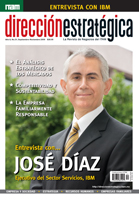
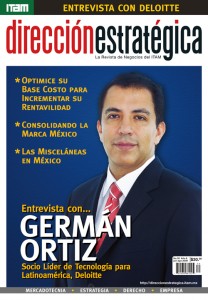
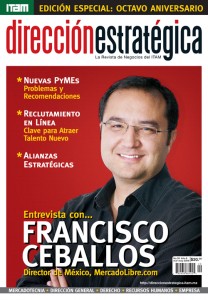
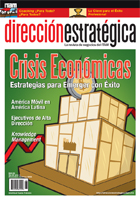
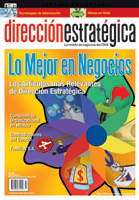
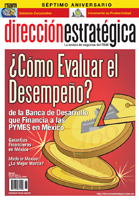
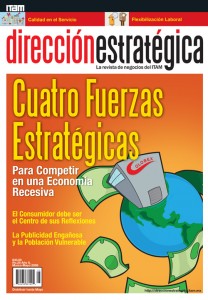
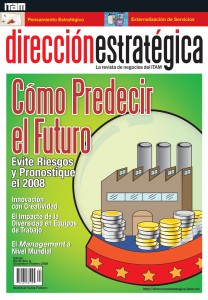
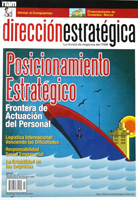

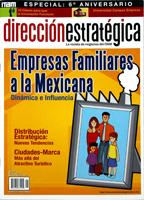

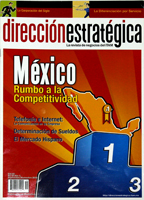
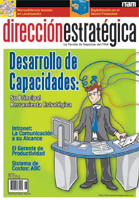
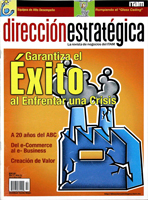
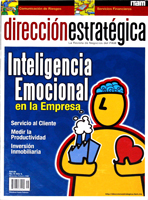
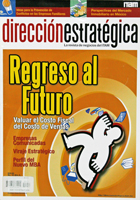
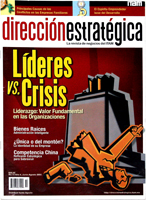
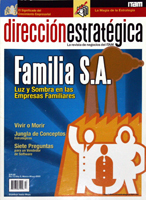
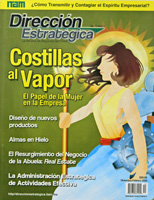
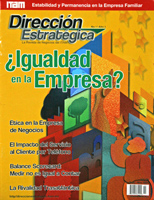

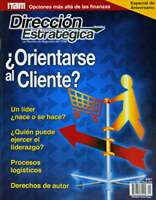
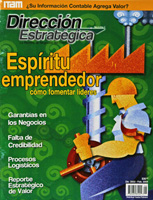
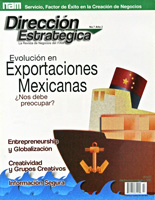
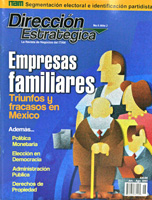
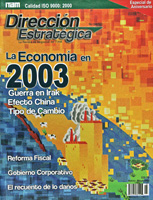
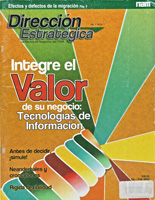

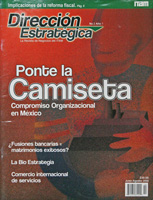
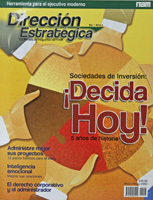
3 Comments
Excelente enfoque respecto a la problemática que existe para empatar una vida personal con la laboral ya que la Dra. Ortiz incluye la perspectiva masculina para dar una idea integral del tema del trabajo y el entorno en el que están viviendo, sobre todo, las parejas jóvenes y productivas.
Felicitaciones
Ojalá éste fuera un texto obligado para los altos directivos de las pequeñas y medianas empresas, en donde es más difícil establecer políticas flexibles de trabajo.
El reportaje me pareció muy interesante y ,desde luego, refleja a una mujer preparada e inteligente. Felicidades por esta nueva etapa en tu vida, me siento muy orgullosa de Tí.